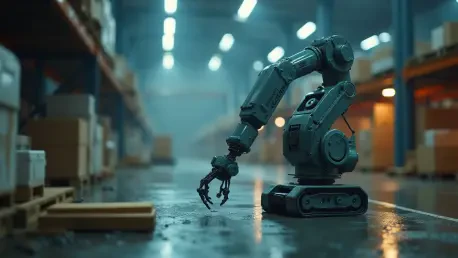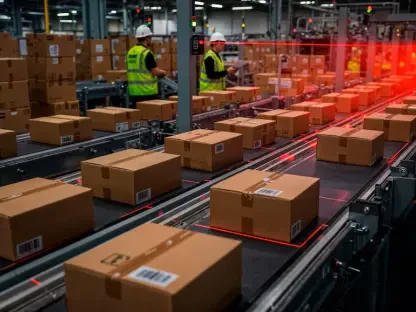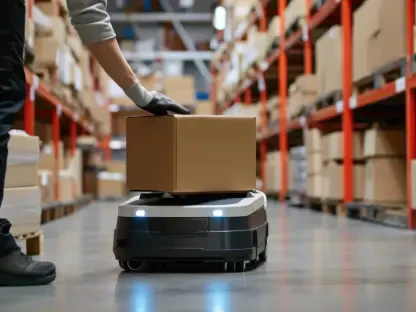Innovations in soft robotics have made impressive strides with the creation of a new type of robot designed to handle steep aerial wires and transport cargo efficiently. This development is a notable leap in robotics, a field where flexibility and adaptability hold paramount importance. Soft robots, distinguished by their supple, pliable forms, diverge from traditional rigid designs, allowing them to better navigate intricate environments and undertake tasks necessitating gentleness or flexibility.
The new soft robot’s proficiency in traversing inclined wires—a notoriously difficult challenge for traditional robots—highlights an ongoing shift toward more versatile and adaptable robotics solutions. Experts agree that this advancement could broaden applications across diverse sectors such as logistics and search and rescue, where precision and adaptability are critical. In medical fields, too, soft robots may offer new opportunities for procedures requiring delicate maneuvers.
The consensus in the industry is that soft robotics is paving the way for advanced integration of robotic helpers into everyday work environments. These innovations show promise in boosting efficiency and enhancing capabilities without compromising safety. As soft robotics technology continues to evolve, it may redefine industries by executing complex tasks with ease, indicating a transformative potential in both industrial and commercial realms. This evolution underscores the growing trend toward smarter, more capable robotic solutions that meet modern demands.








